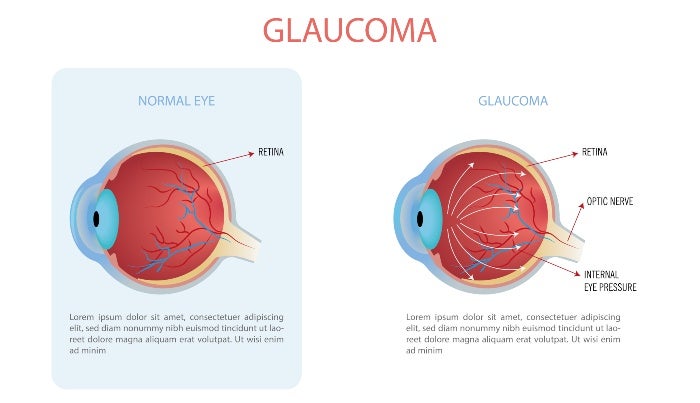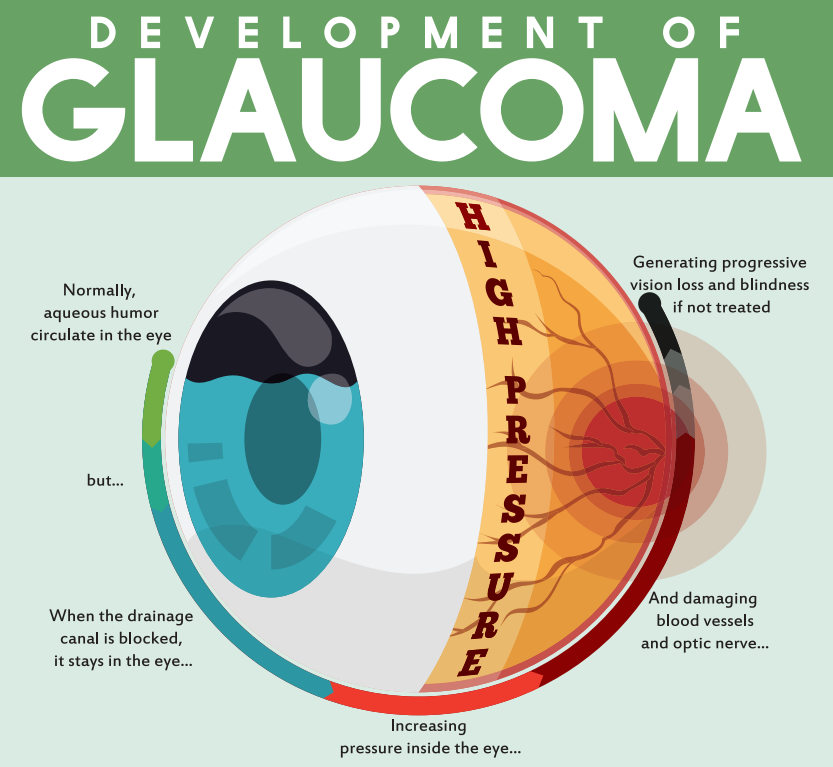Experienced Retina Service Near Me: Comprehensive Eye Care Solutions
Experienced Retina Service Near Me: Comprehensive Eye Care Solutions
Blog Article
Recognizing the Different Vision Adjustment Procedures Available for Clearer Sight
In the realm of vision improvement treatments, a wide range of alternatives exist to attend to refractive mistakes and provide individuals with clearer sight. From the commonly identified LASIK surgical procedure to less invasive treatments like PRK and implantable lenses, the field of ophthalmology offers a variety of methods tailored to match various demands and preferences. Each procedure features its own set of considerations, advantages, and possible risks. Recognizing the subtleties of these vision improvement methods is essential for making educated decisions regarding one's visual health and wellness. Let's explore the complexities of these treatments and clarified the path to achieving enhanced vision clearness.
LASIK Surgical Procedure
LASIK surgical treatment is a common refractive procedure utilized to correct vision troubles such as astigmatism, nearsightedness, and farsightedness - retina service near me. This medical technique, which represents Laser-Assisted sitting Keratomileusis, aims to improve the cornea to boost exactly how light is focused on the retina, ultimately improving vision clarity. Throughout the procedure, a thin flap is created on the cornea, and a laser is made use of to eliminate precise amounts of tissue to improve it properly. This reshaping permits light to be precisely focused onto the retina, dealing with refractive errors.
One of the key advantages of LASIK surgery is the fast renovation in vision experienced by individuals. Lots of people notice a considerable enhancement in their sight promptly after the procedure. Furthermore, a lot of patients report minimal discomfort and discomfort throughout the surgical procedure and recovery period. The healing time for LASIK is reasonably quick, with numerous people going back to their day-to-day activities within a day or two post-operation. Generally, LASIK surgical procedure is a popular option for people looking for a lasting solution for their vision problems.
PRK Treatment
While also an usual refractive treatment, the PRK (Photorefractive Keratectomy) method varies from LASIK surgical treatment in its technique to dealing with vision problems. In PRK, rather than creating a flap on the cornea, the outer layer of the cornea, called the epithelium, is completely gotten rid of. This allows the laser to improve the cornea to fix refractive errors such as astigmatism, farsightedness, and nearsightedness directly externally.

Regardless of the longer recuperation time, PRK can yield outstanding cause vision improvement, making it a beneficial alternative for those who may not be appropriate candidates for LASIK surgery.
Implantable Lenses
In contrast to PRK where the cornea is improved straight, implantable lenses provide one more technique for remedying vision by inserting fabricated lenses inside the eye. This treatment is specifically beneficial for people with high degrees of astigmatism, nearsightedness, or farsightedness that might not appropriate prospects for laser surgical procedures like LASIK or PRK.
Implantable lenses, likewise called phakic intraocular lenses, work by supplementing the eye's all-natural lens with a synthetic one. eyecare near me. These lenses can be put in front of the all-natural lens (former chamber) or behind the iris and in front of the natural lens (posterior chamber) By adjusting the power and positioning of these lenses, eye doctors can efficiently correct refractive mistakes and improve visual acuity
One benefit of implantable lenses is that they are exchangeable and removable, giving flexibility for future changes. As with any medical procedure, there are threats included, such as infection or cataract development. People taking into consideration implantable lenses ought to speak with an eye care specialist to establish the most suitable choice based on their individual requirements and eye health.
Corneal Rings
Corneal rings, likewise referred to as intracorneal ring segments, are little, transparent tools placed into the cornea to remedy vision distortions such as keratoconus. Keratoconus is a condition where the cornea thins and protrudes exterior, creating vision to end up being altered. The insertion of corneal rings assists to squash the cornea, boosting visual skill and reducing the uneven astigmatism caused by keratoconus.
The treatment pop over here for putting corneal rings is relatively fast and minimally invasive, frequently done as an outpatient treatment. Throughout the surgical procedure, the ophthalmologist makes a little cut in the cornea and inserts the rings at a details deepness. As soon as in place, the rings help to reshape the cornea, offering a smoother surface area for light to get in the eye, which can cause more clear vision.
Corneal rings are thought about a relatively easy to fix treatment, as they can be gotten rid of or replaced if essential. refractive surgeries in al. While they may not completely eliminate the demand for glasses or contact lenses, corneal rings can substantially boost vision high quality and overall visual comfort for individuals with keratoconus or various other corneal irregularities
Refractive Lens Exchange
Adhering to the improvement of corneal abnormalities with procedures like corneal rings, another vision correction technique that can deal with refractive mistakes is Refractive Lens Exchange (RLE) RLE right here is a surgery that includes replacing the eye's natural lens with a synthetic intraocular lens (IOL) to fix refractive errors such as nearsightedness, presbyopia, and farsightedness. This treatment is especially useful for individuals who may not be appropriate candidates for treatments like LASIK or PRK because of variables such as thin corneas or high refractive mistakes.

Conclusion
In final thought, there are different vision improvement procedures available to help people attain clearer view. LASIK surgical procedure, click this PRK treatment, implantable lenses, corneal rings, and refractive lens exchange are all choices that can attend to various vision issues.
In the realm of vision adjustment procedures, a multitude of alternatives exist to deal with refractive errors and provide individuals with clearer view.LASIK surgical procedure is an usual refractive treatment utilized to deal with vision problems such as nearsightedness, astigmatism, and farsightedness.While additionally an usual refractive procedure, the PRK (Photorefractive Keratectomy) technique differs from LASIK surgery in its approach to dealing with vision issues.Adhering to the correction of corneal abnormalities with procedures like corneal rings, an additional vision correction method that can address refractive mistakes is Refractive Lens Exchange (RLE) LASIK surgery, PRK treatment, implantable lenses, corneal rings, and refractive lens exchange are all options that can address various vision issues.
Report this page